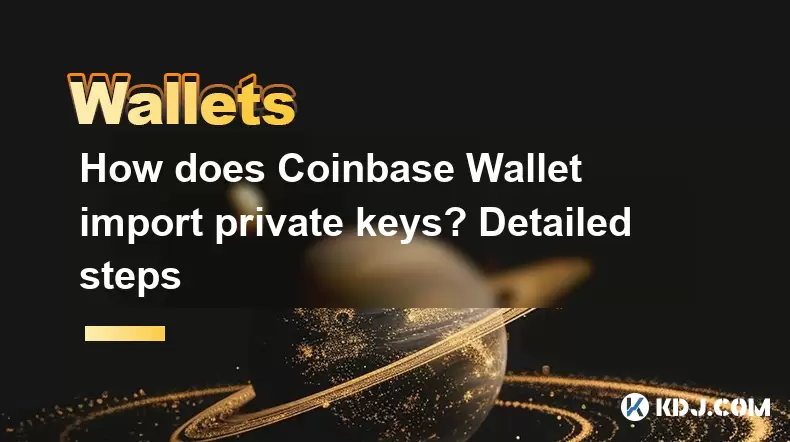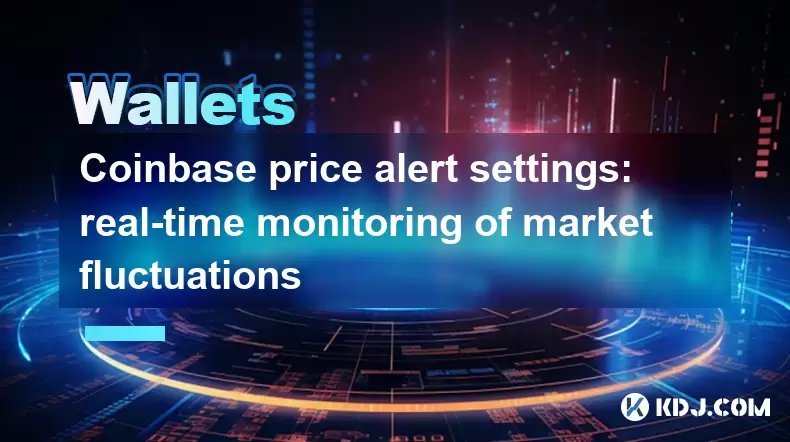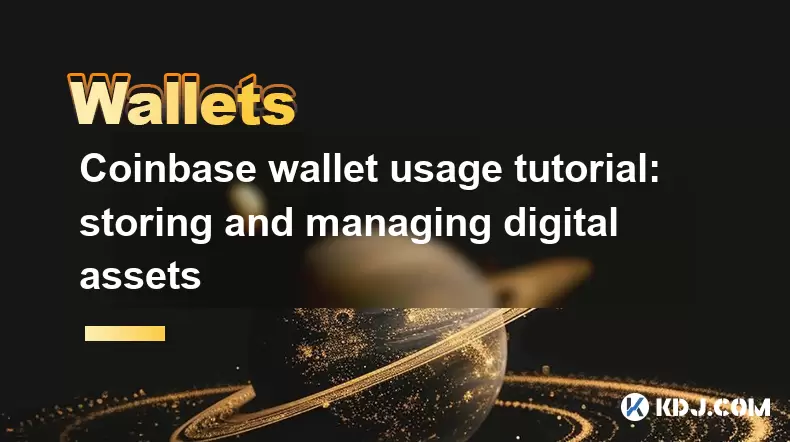-
 Bitcoin
Bitcoin $107,341.7259
0.15% -
 Ethereum
Ethereum $2,438.6204
0.70% -
 Tether USDt
Tether USDt $1.0003
-0.02% -
 XRP
XRP $2.1866
1.94% -
 BNB
BNB $649.0952
0.36% -
 Solana
Solana $150.9602
5.63% -
 USDC
USDC $0.9999
0.00% -
 TRON
TRON $0.2742
0.40% -
 Dogecoin
Dogecoin $0.1645
1.93% -
 Cardano
Cardano $0.5669
1.18% -
 Hyperliquid
Hyperliquid $37.8286
4.19% -
 Bitcoin Cash
Bitcoin Cash $491.4669
-2.74% -
 Sui
Sui $2.8150
3.06% -
 Chainlink
Chainlink $13.4184
2.91% -
 UNUS SED LEO
UNUS SED LEO $9.0809
0.27% -
 Avalanche
Avalanche $18.0295
2.60% -
 Stellar
Stellar $0.2396
1.19% -
 Toncoin
Toncoin $2.8587
0.13% -
 Shiba Inu
Shiba Inu $0.0...01160
2.59% -
 Litecoin
Litecoin $86.4192
1.45% -
 Hedera
Hedera $0.1486
1.19% -
 Monero
Monero $308.4324
0.87% -
 Polkadot
Polkadot $3.4202
1.43% -
 Bitget Token
Bitget Token $4.6436
-0.34% -
 Dai
Dai $0.9998
-0.02% -
 Ethena USDe
Ethena USDe $1.0002
0.00% -
 Uniswap
Uniswap $7.1527
3.29% -
 Pi
Pi $0.5357
-8.45% -
 Pepe
Pepe $0.0...09588
4.61% -
 Aave
Aave $259.9759
0.81%
How does Coinbase Wallet import private keys? Detailed steps
Private keys, crucial for accessing crypto funds, can be securely imported into Coinbase Wallet using the app's detailed step-by-step process.
May 10, 2025 at 09:14 am

Introduction to Coinbase Wallet and Private Keys
Coinbase Wallet is a popular cryptocurrency wallet that allows users to securely store, manage, and transact various digital assets. One of the key features of Coinbase Wallet is the ability to import private keys, which gives users more control over their funds. Private keys are crucial components of cryptocurrency wallets as they grant access to the funds associated with a specific address. This article will guide you through the detailed steps of importing private keys into Coinbase Wallet.
Understanding Private Keys
Before diving into the process, it's essential to understand what private keys are and their significance. A private key is a secret, alphanumeric code that is used to sign transactions and prove ownership of a cryptocurrency address. It is vital to keep your private keys secure and never share them with anyone, as anyone with access to your private key can control your funds. Importing a private key into Coinbase Wallet means you are transferring the control of the associated funds to the wallet.
Preparing to Import Private Keys
Before you start the import process, ensure that you have the following ready:
- Your private key: This should be a string of characters, typically 64 characters long for most cryptocurrencies.
- Coinbase Wallet app: Make sure you have the latest version of the Coinbase Wallet app installed on your mobile device.
- A secure environment: Ensure you are in a private and secure location to prevent anyone from seeing your private key.
Step-by-Step Guide to Importing Private Keys
To import your private key into Coinbase Wallet, follow these detailed steps:
- Open the Coinbase Wallet app: Launch the Coinbase Wallet app on your mobile device.
- Navigate to Settings: Tap on the profile icon in the top left corner of the screen, then select "Settings."
- Access the Import Option: Scroll down and tap on "Import or Restore."
- Select Import Private Key: Choose the "Import Private Key" option.
- Enter Your Private Key: Carefully enter your private key into the provided field. Double-check the key for accuracy to avoid any errors.
- Confirm the Import: After entering the key, tap "Import" to proceed. The app will verify the key and, if valid, add the associated funds to your wallet.
- Review and Secure: Once the import is complete, review the added assets and ensure they match your expectations. Secure your wallet by setting up a strong password and enabling two-factor authentication (2FA) if you haven't already.
Troubleshooting Common Issues
While importing private keys is generally straightforward, you might encounter some issues. Here are some common problems and their solutions:
- Invalid Private Key: If the app indicates that the private key is invalid, double-check the key for any typos or errors. Ensure you are using the correct key format for the cryptocurrency you are trying to import.
- Network Issues: If the app cannot connect to the network, check your internet connection and try again. Sometimes, waiting a few minutes and retrying can resolve temporary network issues.
- Unsupported Cryptocurrency: Coinbase Wallet supports a wide range of cryptocurrencies, but not all. If you are trying to import a private key for an unsupported cryptocurrency, you will need to use a different wallet that supports that asset.
Security Considerations When Importing Private Keys
Importing private keys into Coinbase Wallet is a powerful feature, but it comes with significant security responsibilities. Here are some key security considerations:
- Keep Your Private Key Secure: Never share your private key with anyone. Store it in a secure location, such as a hardware wallet or a secure offline storage solution.
- Use Strong Passwords: Ensure your Coinbase Wallet is protected with a strong, unique password. Avoid using easily guessable passwords.
- Enable Two-Factor Authentication (2FA): 2FA adds an extra layer of security to your wallet, making it more difficult for unauthorized users to access your funds.
- Regularly Update the App: Keep your Coinbase Wallet app updated to the latest version to benefit from the latest security enhancements and bug fixes.
Verifying the Imported Funds
After successfully importing your private key, it's crucial to verify that the funds have been correctly added to your wallet. Here's how to do it:
- Check Your Wallet Balance: Navigate to the main screen of the Coinbase Wallet app and check the balance of the imported cryptocurrency. Ensure it matches the amount you expected.
- Review Transaction History: Look at the transaction history for the imported address to confirm that all past transactions are correctly displayed.
- Test a Small Transaction: To ensure everything is working correctly, consider sending a small amount of the cryptocurrency to another address and verifying that the transaction processes successfully.
Frequently Asked Questions
Q: Can I import multiple private keys into Coinbase Wallet at once?
A: No, Coinbase Wallet currently does not support importing multiple private keys simultaneously. You will need to import each private key individually following the steps outlined above.
Q: What should I do if I lose my private key after importing it into Coinbase Wallet?
A: If you lose your private key after importing it into Coinbase Wallet, you can still access your funds through the wallet. However, it's crucial to back up your wallet's recovery phrase, which can be used to restore your wallet on another device. Always keep your recovery phrase in a secure location.
Q: Is it possible to export private keys from Coinbase Wallet?
A: Yes, you can export private keys from Coinbase Wallet. To do so, go to the "Settings" menu, select "Export Private Key," and follow the prompts to securely export the key. Remember to handle the exported key with the same level of security as when importing.
Q: Can I import private keys for tokens on different blockchains into Coinbase Wallet?
A: Yes, Coinbase Wallet supports importing private keys for various cryptocurrencies and tokens across different blockchains, provided the wallet supports those assets. Always check the list of supported assets in the Coinbase Wallet app before attempting to import a private key.
Disclaimer:info@kdj.com
The information provided is not trading advice. kdj.com does not assume any responsibility for any investments made based on the information provided in this article. Cryptocurrencies are highly volatile and it is highly recommended that you invest with caution after thorough research!
If you believe that the content used on this website infringes your copyright, please contact us immediately (info@kdj.com) and we will delete it promptly.
- Ruvi AI: The Audited Token Primed to Lead the Bull Run, Outshining Competitors
- 2025-06-29 06:30:13
- Ruvi AI: The Smart Shiba Inu? Token Rally Potential Examined
- 2025-06-29 06:30:13
- Bitcoin, AI Tokens, and Ruvi AI: What's the Deal?
- 2025-06-29 06:50:12
- Cryptos with Real-World Utility and Growth Potential: Qubetics and Beyond
- 2025-06-29 06:35:13
- Ruvi AI, Dogecoin, and ROI: Decoding the Crypto Hype
- 2025-06-29 07:12:05
- Unstaked vs. Dogecoin & Ethereum: The Next Big Crypto Opportunity?
- 2025-06-29 07:15:12
Related knowledge

Coinbase price alert settings: real-time monitoring of market fluctuations
Jun 29,2025 at 07:00am
Setting Up Coinbase Price AlertsTo begin real-time monitoring of market fluctuations on Coinbase, users can utilize the built-in price alert feature. This function allows you to receive notifications when a cryptocurrency reaches a specific price point. To access this setting, open the Coinbase app or log in via the web platform. Navigate to the 'Prices...

How to stake cryptocurrencies on Coinbase? Benefits and risks
Jun 27,2025 at 06:36pm
Understanding Cryptocurrency Staking on CoinbaseStaking cryptocurrencies involves locking up digital assets to support the operations of a blockchain network, typically in return for rewards. Coinbase, one of the most popular cryptocurrency exchanges globally, offers staking services for several proof-of-stake (PoS) coins. Users can stake their holdings...

How to contact Coinbase customer service? Support channels and response times
Jun 28,2025 at 01:29pm
Contacting Coinbase Customer Service: Support Channels and Response TimesIf you're a user of Coinbase, reaching their customer service team may become necessary for various reasons, such as account verification issues, transaction disputes, or technical difficulties. Understanding the different support channels available and what to expect in terms of r...

Coinbase advanced trading function usage tutorial: limit orders and market orders
Jun 28,2025 at 09:07pm
Understanding the Difference Between Limit Orders and Market OrdersWhen using Coinbase's advanced trading features, it is crucial to understand the fundamental difference between limit orders and market orders. A market order executes immediately at the best available price on the market. This type of order ensures that your trade goes through quickly, ...

How to sell Bitcoin on Coinbase? Detailed transaction steps
Jun 29,2025 at 04:22am
Setting Up Your Coinbase Account for TransactionsBefore you can sell Bitcoin on Coinbase, you must ensure your account is fully set up and verified. Coinbase requires identity verification to comply with regulatory standards. This process involves uploading a government-issued ID, confirming your address, and sometimes submitting a selfie holding the ID...

Coinbase wallet usage tutorial: storing and managing digital assets
Jun 29,2025 at 04:28am
Setting Up Your Coinbase WalletTo begin using the Coinbase wallet, you must first download and install the application. The Coinbase wallet is available on both iOS and Android platforms, making it accessible to a wide range of users. Once downloaded, open the app and select the option to create a new wallet. This process will prompt you to set up a sec...

Coinbase price alert settings: real-time monitoring of market fluctuations
Jun 29,2025 at 07:00am
Setting Up Coinbase Price AlertsTo begin real-time monitoring of market fluctuations on Coinbase, users can utilize the built-in price alert feature. This function allows you to receive notifications when a cryptocurrency reaches a specific price point. To access this setting, open the Coinbase app or log in via the web platform. Navigate to the 'Prices...

How to stake cryptocurrencies on Coinbase? Benefits and risks
Jun 27,2025 at 06:36pm
Understanding Cryptocurrency Staking on CoinbaseStaking cryptocurrencies involves locking up digital assets to support the operations of a blockchain network, typically in return for rewards. Coinbase, one of the most popular cryptocurrency exchanges globally, offers staking services for several proof-of-stake (PoS) coins. Users can stake their holdings...

How to contact Coinbase customer service? Support channels and response times
Jun 28,2025 at 01:29pm
Contacting Coinbase Customer Service: Support Channels and Response TimesIf you're a user of Coinbase, reaching their customer service team may become necessary for various reasons, such as account verification issues, transaction disputes, or technical difficulties. Understanding the different support channels available and what to expect in terms of r...

Coinbase advanced trading function usage tutorial: limit orders and market orders
Jun 28,2025 at 09:07pm
Understanding the Difference Between Limit Orders and Market OrdersWhen using Coinbase's advanced trading features, it is crucial to understand the fundamental difference between limit orders and market orders. A market order executes immediately at the best available price on the market. This type of order ensures that your trade goes through quickly, ...

How to sell Bitcoin on Coinbase? Detailed transaction steps
Jun 29,2025 at 04:22am
Setting Up Your Coinbase Account for TransactionsBefore you can sell Bitcoin on Coinbase, you must ensure your account is fully set up and verified. Coinbase requires identity verification to comply with regulatory standards. This process involves uploading a government-issued ID, confirming your address, and sometimes submitting a selfie holding the ID...

Coinbase wallet usage tutorial: storing and managing digital assets
Jun 29,2025 at 04:28am
Setting Up Your Coinbase WalletTo begin using the Coinbase wallet, you must first download and install the application. The Coinbase wallet is available on both iOS and Android platforms, making it accessible to a wide range of users. Once downloaded, open the app and select the option to create a new wallet. This process will prompt you to set up a sec...
See all articles

























































































